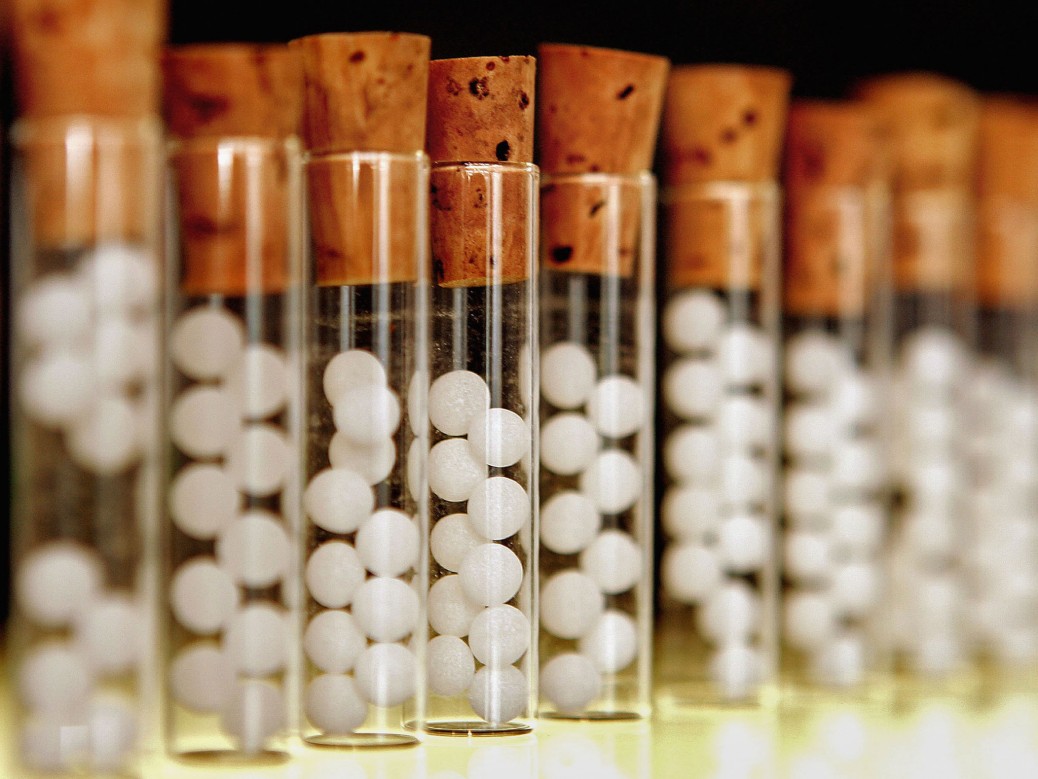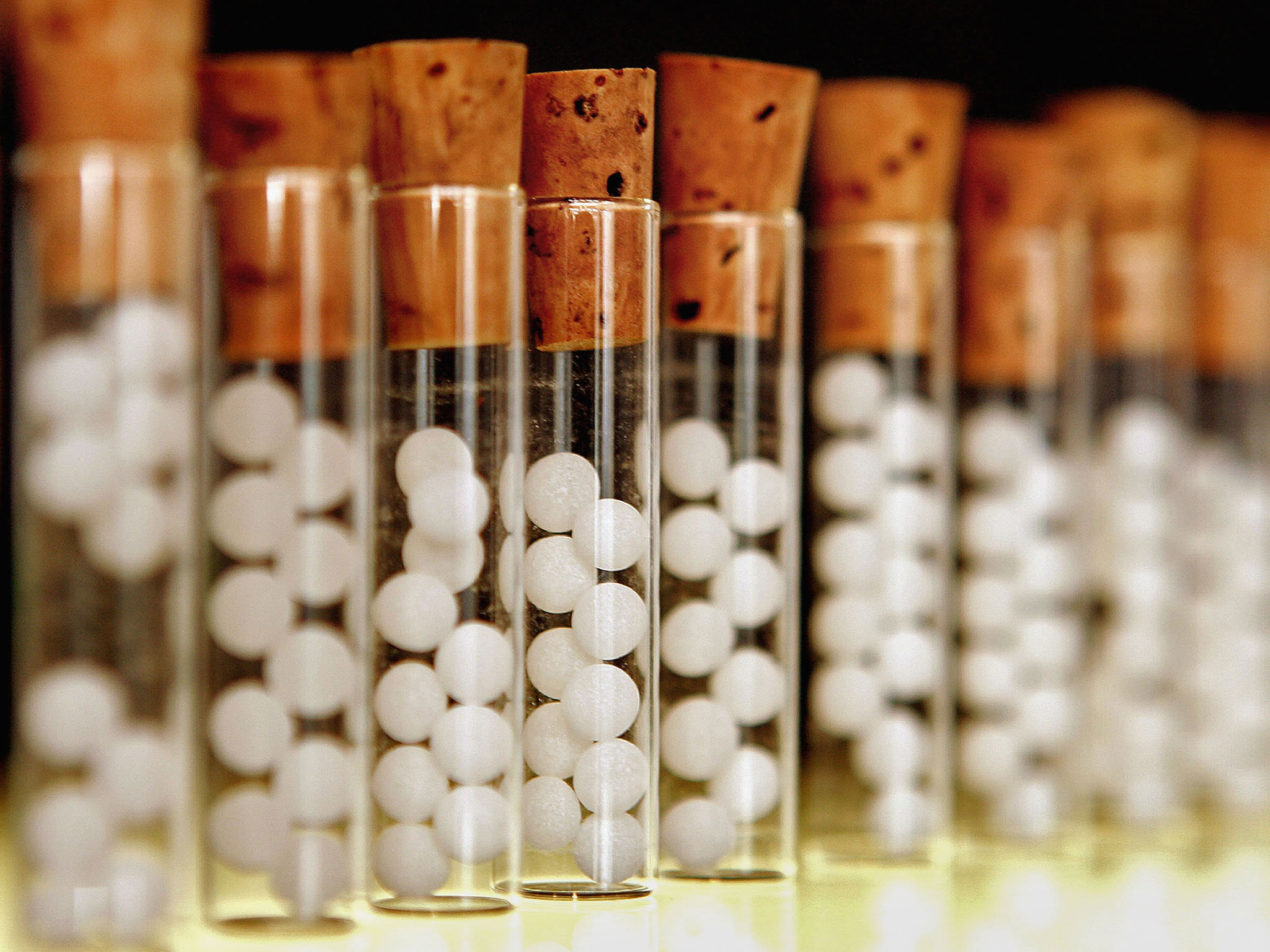A cerebral hemorrhage (or intracerebral hemorrhage, ICH), is a subtype of intracranial hemorrhage that occurs within the brain tissue itself. Intracerebral hemorrhage can be caused by brain trauma, or it can occur spontaneously in hemorrhagic stroke. Non-traumatic intracerebral haemorrhage is a spontaneous bleeding into the brain tissue
A cerebral hemorrhage is an intra-axial hemorrhage; that is, it occurs within the brain tissue rather than outside of it. The other category of intracranial hemorrhage is extra-axial hemorrhage, such as epidural, subdural, and subarachnoid hematomas, which all occur within the skull but outside of the brain tissue. There are two main kinds of intra-axial hemorrhages: intraparenchymal hemorrhage and intraventricular hemorrhages. As with other types of hemorrhages within the skull, intraparenchymal bleeds are a serious medical emergency because they can increase intracranial pressure.
Causes of Cerebral hemorrhage
Intracerebral bleeds are the second most common cause of stroke, accounting for 30–60% of hospital admissions for stroke. High blood pressure raises the risk of spontaneous intracerebral hemorrhage by two to six times. More common in adults than in children, intraparenchymal bleeds due to trauma are usually due to penetrating head trauma, but can also be due to depressed skull fractures, acceleration-deceleration trauma,rupture of an aneurysm or arteriovenous malformation (AVM), and bleeding within a tumor. A very small proportion is due to cerebral venous sinus thrombosis.
Symptoms of Cerebral hemorrhage
Patients with intraparenchymal bleeds have symptoms that correspond to the functions controlled by the area of the brain that is damaged by the bleed Other symptoms include those that indicate a rise in intracranial pressure due to a large mass putting pressure on the brain. Intracerebral hemorrhages are often misdiagnosed as Subarachnoid hemorrhages due to the similarity in symptoms and signs.
- Diagnosis of Cerebral hemorrhage
- Intraparenchymal hemorrhage can be recognized on CT scans
Homeopathy Treatment for Cerebral hemorrhage
Homeopathy treats the person as a whole. It means that homeopathic treatment focuses on the patient as a person, as well as his pathological condition. The homeopathic medicines are selected after a full individualizing examination and case-analysis, which includes the medical history of the patient, physical and mental constitution, family history, presenting symptoms, underlying pathology, possible causative factors etc. A miasmatic tendency (predisposition/susceptibility) is also often taken into account for the treatment of chronic conditions. A homeopathy doctor tries to treat more than just the presenting symptoms. The focus is usually on what caused the disease condition? Why ‘this patient’ is sick ‘this way’. The disease diagnosis is important but in homeopathy, the cause of disease is not just probed to the level of bacteria and viruses. Other factors like mental, emotional and physical stress that could predispose a person to illness are also looked for. Nowadays, even modern medicine also considers a large number of diseases as psychosomatic. The correct homeopathy remedy tries to correct this disease predisposition. The focus is not on curing the disease but to cure the person who is sick, to restore their health. If a disease’s pathology is not very advanced, homeopathy remedies do give a hope for cure but even in incurable cases, the quality of life can be greatly improved with homeopathic medicines.
The homeopathic remedies (medicines) given below indicate the therapeutic affinity but this is not a complete and definite guide to the homeopathy treatment of this condition. The symptoms listed against each homeopathic remedy may not be directly related to this disease because in homeopathy general symptoms and constitutional indications are also taken into account for selecting a remedy.
Acon., arn., aur., bar-c., bell., both., camph., carb-v., chin., cocc., colch., coff., con., cupr., crot-h., ferr., ferr-p., gels., glon., helon., hyos., ip., lach., laur., lyc., merc., nat-m., nit-ac., nux-m., nux-v., op., phos., plb., puls., stram.
Medicines should be taken the guidance of Homoeopathic physician.
Tags: Brain Hemorrhage HOMOEOPATHY










